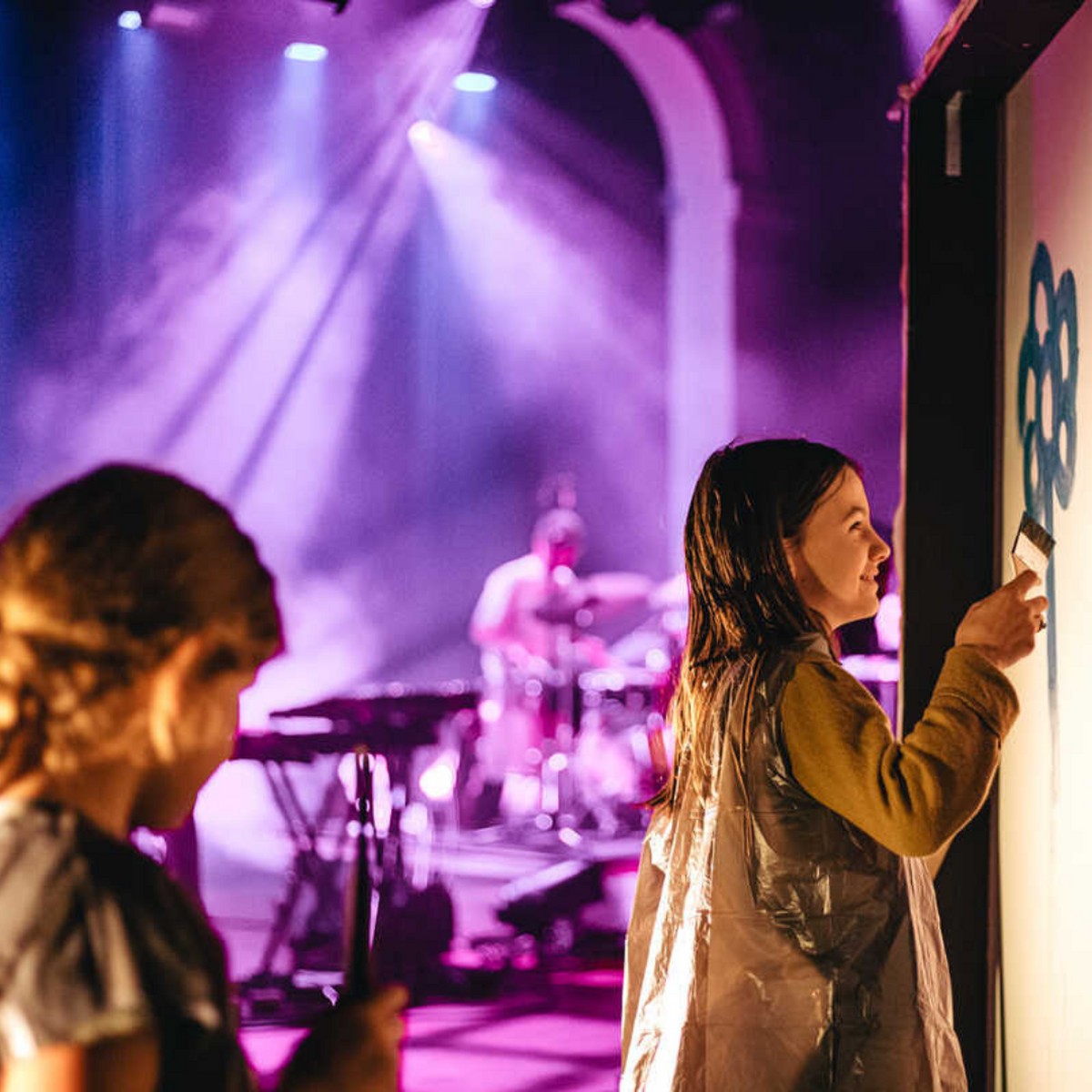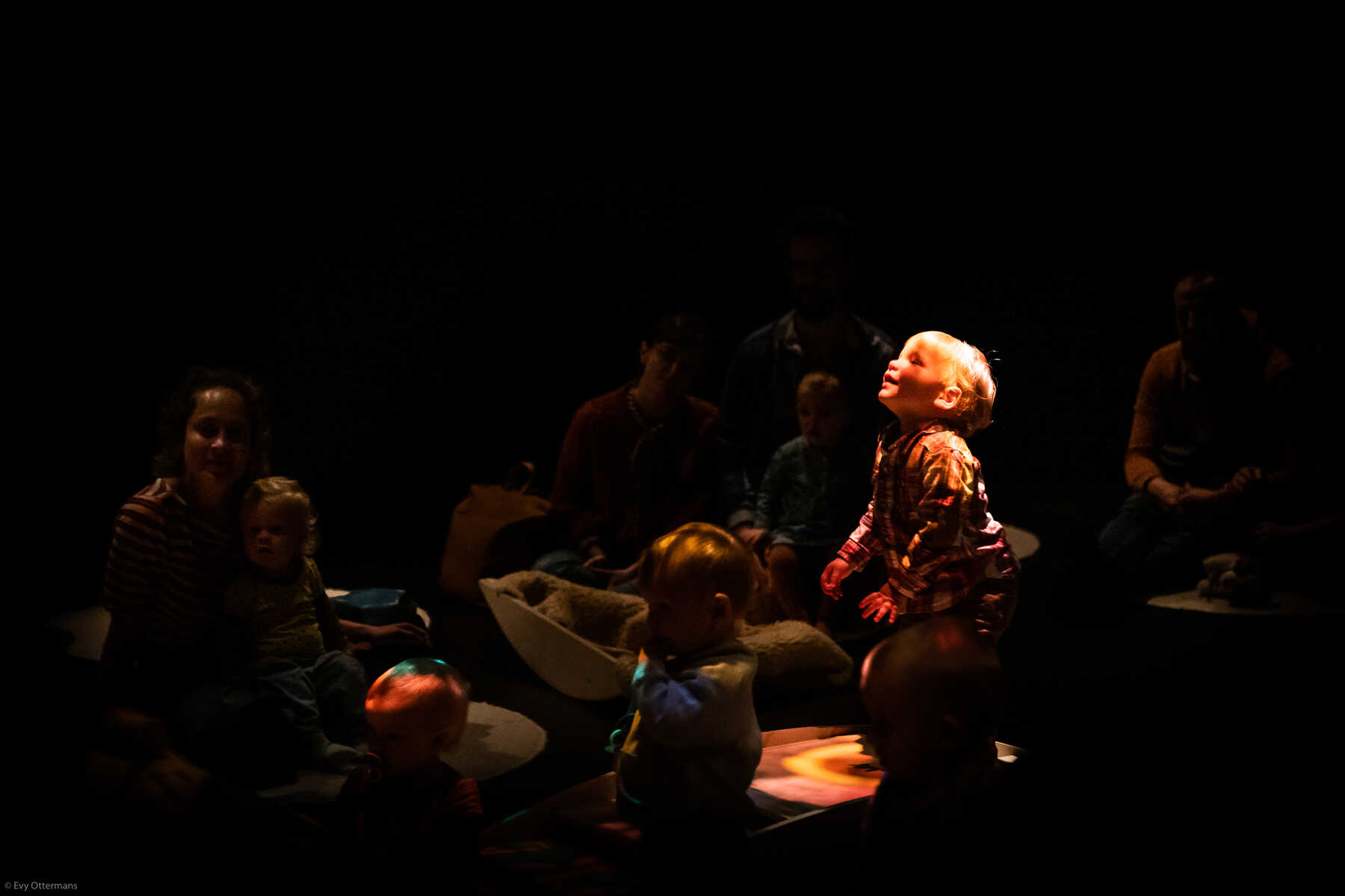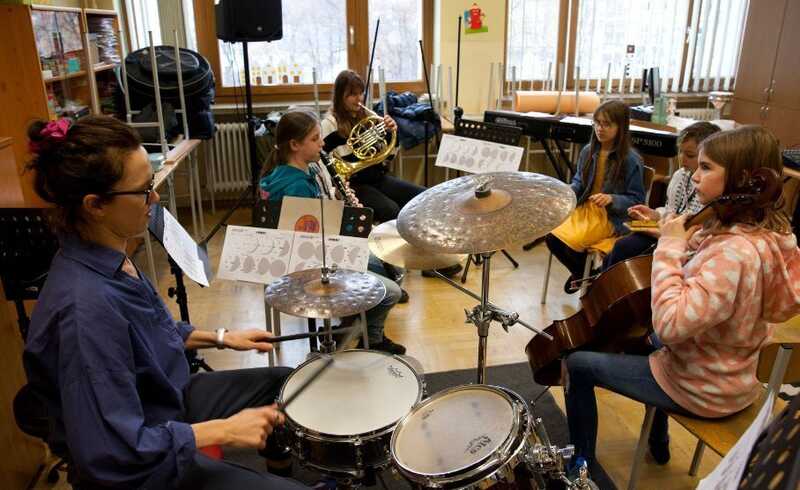Interview by Karel Van Keymeulen
Bringing music to children, even from a very young age, is very valuable. So says Marc Leman, full professor of musicology at UGent and director of the IPEM; Institute for Psychoacoustics and Electronic Music. He did extensive research on how we listen to and experience music.
'Within our research we come from a period when the emphasis was very much on the cognitive or processing of information, but today we see it more broadly,' says Marc Leman. 'Personally, I find it difficult to sit still when hearing Beethoven's fifth piano concerto, but the codes in a classical concert hall demand it.
Even though listening to music in such a hall is only a tiny part of how people experience music. 'Most people move when they listen to music, and they do so because music generates empathy and emotions,' said Leman, who plays the trumpet himself and prefers jazz.
Children who play music themselves activate their auditory brain centers?
Indeed. Children who play music are often better at subjects such as math. Although you have to add a caveat there. It may be that children who are actually good at math also like to play music. What is cause, what is effect? It is certain that children who play music learn to listen well early, which in turn is an advantage in language acquisition.
Working with children is important to broaden their sensory palette early. To get children to hear something other than TikTok tunes.
Marc Leman
Are there similar positive effects when listening to music?
We think there is an effect because you tap into the same functions of empathy with music. Listening is more perception-oriented and does not require fine motor skills. The emphasis may be on distinguishing sounds.
Did you do research on children and passive listening to music?
We did research with children in schools. It comes down to teaching children focused listening. Both melody and rhythm are interesting to begin with. While they were focused listening, we had them draw pictures.

Why Draw?
Studies indicate that when listening to music, your brain stimulates motor functions. Even better is to ask the children to dance or move to the music. You can measure that and track it with a motion tracking system.
In a concert hall, you could use tablets to track their pen. You then have a time signal and you can follow the synchronization with the music. Drawing is an alternative if dancing is not possible. Then you can ask questions and reflect on their music experience.
Ha Concerts is connecting children across genres with music. What can that achieve?
It's a very nice and important initiative. Working with children is important to broaden their sensory palette early on. To get kids to hear something other than TikTok tunes. Also, learning to listen well can be a step to making their own music afterwards.
Can you introduce babies to music already?
We recently did a project with theater De Spiegel from Antwerp. They are specialized in bringing music to babies. We made a movable dome in which twenty speakers hang. The sound goes around in it. We play a soundscape, which is stimulating for the children. Sometimes parents' voices are in it, and you can see certain children react immediately.
I'm also working on a project with a neonatologist. He asked to stimulate premature babies in the incubator with music. The intention is to show that music would reduce stress in such a stressful environment. Music would also be a stimulus to develop their brains.

What genres of music are you thinking of for this?
The choice of music is very important. Lullabies are the most obvious choice, but we are also thinking of sound compositions with sounds from everyday life: pots and pans, voices, radio, ... By the way, in those incubators there are children from very different cultures, we also take that into account.
What should you pay attention to when working with children?
At concerts, children like it when the musicians talk to them, show them things, interact with them. You can build that up in layers, for example, to let them discover each instrument.
It is important to offer children a rich auditory environment early. This is to stimulate their auditory system and to teach them to explore the richness of music. That seems like a very nice project for Ha.
Create a favorites list now & share events with family and friends!
First, create a favorites list to which you want to add this concert to.
Which favorites list should this concert be added to?
Ha tips
All Jonge Oren concerts
Jazz Camp for Girls (12-16 year)
26 - 29 AUG '24 from 9h-17h
Summer camp for girls around free music and improvisation
09:00 ENSCRIBE (some spots available)
Summer Camp (6-16 years)
26-30 August '24 - at de Broederij in Ledeberg
Music camp with Mais Quelle Chanson
10:00 FULL
Rebellicous Voices (12-25 years)
on Wednesdays in fall '24
Weekly singing workshops with Mais Quelle Chanson
14:00 Subscribe
